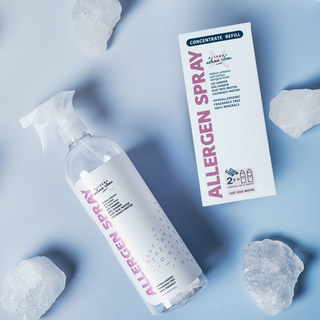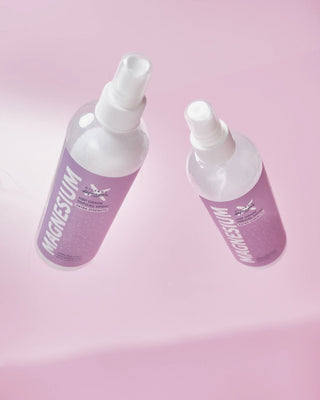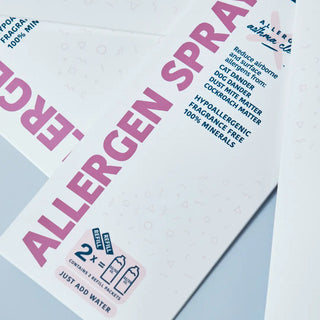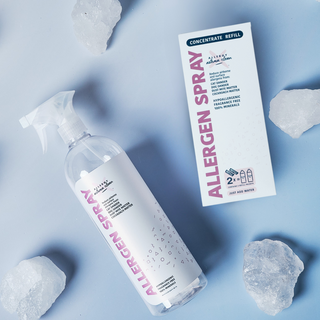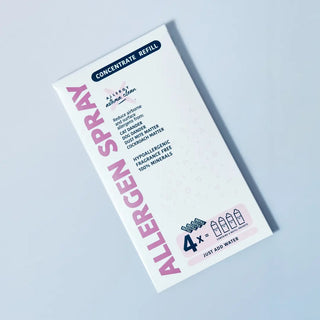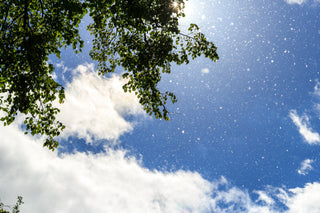

Clearing the Air
Surviving Pollen Season
Tips for Coping with Allergies
Pollen may be tiny, but it plays a massive role in nature — and in triggering seasonal allergy symptoms. Produced by the male parts of flowering plants, pollen travels by wind or pollinators like bees to fertilize other plants and ensure new growth. Unfortunately, that same airborne pollen can irritate sensitive immune systems, causing sneezing, watery eyes, and congestion. Understanding how pollen works and why it spreads helps you take control of allergy season and find natural allergy relief at home, whether through clean-air practices, or high-efficiency filters.
Key Takeaways
- Pollen is a plant fertilization tool, produced by the male part of flowers and carried by wind or pollinators to female plants for reproduction.
- Male pollen is lighter and airborne, which makes it the main cause of pollen-related allergies, especially from trees and grasses.
- Female pollen tends to stay grounded, which is why certain flowers (like zinnias and tulips) are less likely to cause allergy flare-ups.
- Weather affects pollen levels — dry, windy days or sudden rain after a dry spell can spike airborne pollen and worsen symptoms.
- Indoor allergy management is key — keep windows closed, wash clothing and hair after outdoor exposure, and use air purifiers or natural allergen sprays for cleaner indoor air and relief from pollen buildup.
What is Pollen, and Where Does it Come From?
Pollen is a yellow, powdery substance in flowers and trees, fertilizing plants. When pollen is released, it can be carried by the wind or insects to other flowers, where it can fertilize the plant. Pollen is an essential part of plant life.
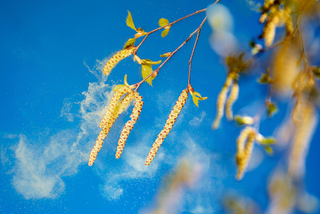
Mother Nature and the Fertilization of Plants
The female reproductive part of a plant is called the pistil. This crucial part of the plant has three distinct parts; the ovary, stigma, and style. The ovary is the part of the plant that contains the ovules or the unfertilized eggs. The stigma is the sticky part of the pistil that acts as an entry point for pollen, and the style is the tube that connects the stigma to the ovary. The pistil plays a crucial role in successful reproduction, as pollination leads to fertilization, eventually growing the plant. The fertilization process ensures genetic diversity within a species and that plants continue to evolve to adapt to their environment.
Male Pollen is Responsible
Male pollen is produced by the stamen, the male reproductive structure found in flowering plants. This pollen contains the male gametes, or sperm cells, that are needed to fertilize a plant's ovules and produce new seeds. After the pollen is made, it is often picked up by pollinators like bees and carried to other plants, which can lead to fertilization. However, some of this pollen can also escape into the atmosphere and float around until it lands on another plant.While male pollen can theoretically lead to fertilization without the help of pollinators, it's important to remember that this process is far less reliable than when pollinators are involved. (Pollinators are bees, butterflies, bats, hummingbirds, and beetles: Bees are the most well-known pollinators. They are responsible for pollinating over 70% of the world's crops!). The pollen must land on a receptive stigma, the female reproductive structure to successfully fertilize a plant. If the pollen floats away or lands on a non-receptive stigma, fertilization won't occur. Furthermore, the chances of male pollen landing on a nearby plant that's compatible with it are pretty slim.
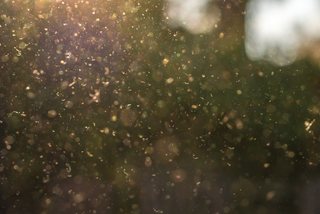

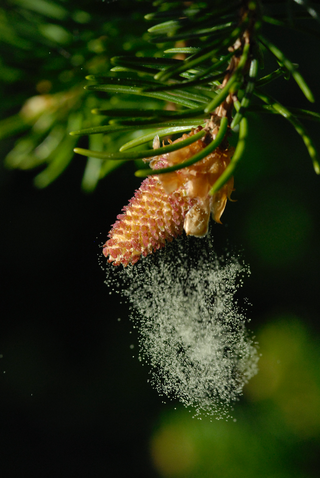
Female Pollen has a Role too
So, what about female pollen? Some people believe that female plants produce a more potent version of pollen that causes stronger allergic reactions. However, this is only partially true. Both male and female plants produce pollen, but the pollen from male plants is typically lighter and more easily carried by the wind, while female plants tend to have heavier pollen that is not as likely to become airborne. This might be why we aren't allergic to bachelor buttons, zinnias, or tulips!
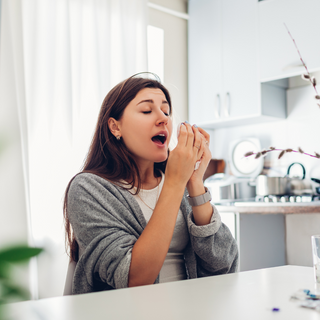
How to Reduce Your Allergic Symptoms Indoors
So, what can you do to avoid pollen during allergy season? Some tips include reducing your exposure to allergens by staying indoors on high pollen days, keeping windows and doors closed, using air conditioning, and washing your clothing and hair regularly to remove any pollen that may have accumulated. But did you know pollen floats indoors whenever you open a door or window, and your pets brush against weeds and grasses outdoors, so besides the common knowledge of keeping your doors closed, it's wise to look at keeping allergens at bay inside your home.
Defend Your Health
Articles

Choosing the Right Nasal Spray for Your Needs
Many nasal sprays—especially decongestant sprays like oxymetazoline (Afrin) or phenylephrine—are only meant to be used for 3 consecutive days. Why

Natural Alternatives to Prednisone for Allergies
If you’re among the millions dealing with chronic inflammatory conditions like allergic rhinitis, seasonal allergies, or atopic dermatitis, you’re likely wondering whether natural alternatives can provide relief without the concerning...

